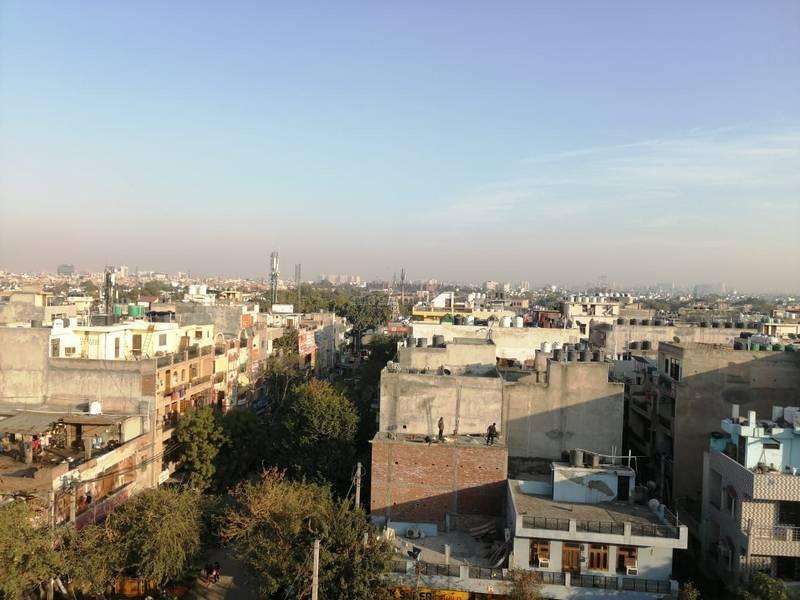### Exploring Local Biodiversity in Mayur Vihar Phase 3, Delhi
#### Date: May 22, 2024
#### Location: Mayur Vihar Phase 3, Delhi
#### Weather Conditions:
- Clear and sunny
- Temperature: 32°C (90°F)
- Humidity: Moderate
#### Habitat Description:
Mayur Vihar Phase 3 is a residential area with a mix of green spaces, small parks, and roadside vegetation. The area includes gardens, trees lining the streets, and patches of undeveloped land that provide habitats for various species.
#### Observations:
1. **Birds**:
- **House Sparrow (Passer domesticus)**:
- Commonly seen in gardens and near residential buildings.
- Small, brown and gray birds with distinctive chirping calls.
- **Common Myna (Acridotheres tristis)**:
- Observed walking on lawns and perching on rooftops.
- Brown body with a black head and bright yellow eye patches.
- **Pied Bush Chat (Saxicola caprata)**:
- Seen on shrubs and low trees.
- Males are black with white patches, while females are brownish.
2. **Insects**:
- **Asian Lady Beetle (Harmonia axyridis)**:
- Found on plants in the gardens.
- Orange body with black spots, beneficial for controlling aphids.
- **Blue Tiger Butterfly (Tirumala limniace)**:
- Fluttering among flowering plants.
- Black wings with blue streaks, often seen around lantanas.
3. **Plants**:
- **Neem Tree (Azadirachta indica)**:
- Planted along roads and in parks.
- Recognized for its medicinal properties and feathery leaves.
- **Hibiscus (Hibiscus rosa-sinensis)**:
- Common in home gardens.
- Large, bright red or pink flowers that attract butterflies.
- **Bougainvillea (Bougainvillea glabra)**:
- Adorning walls and fences.
- Known for its vibrant magenta, orange, or white bracts.
4. **Mammals**:
- **Indian Palm Squirrel (Funambulus palmarum)**:
- Seen running along tree branches and garden fences.
- Small, striped squirrels with a bushy tail.
5. **Reptiles**:
- **Indian Garden Lizard (Calotes versicolor)**:
- Found basking on rocks and walls.
- Brown to green coloration, can change color for camouflage.
6. **Fungi**:
- **Mushrooms (Agaricus spp.)**:
- Growing in moist, shaded areas in gardens.
- White to brown caps with a familiar umbrella shape.
#### Reflection:
Exploring the biodiversity in Mayur Vihar Phase 3 reveals a vibrant array of life, even in an urban setting. The presence of common birds like the House Sparrow and Common Myna highlights the adaptability of wildlife to city environments. Observing insects like the Blue Tiger Butterfly and Asian Lady Beetle demonstrates the ecological interactions within gardens and green spaces.
#### Next Steps:
1. **Photograph and Document**: Capture images of each species for identification and sharing purposes.
2. **Identify Unknown Species**: Use field guides or apps like iNaturalist for species that are difficult to identify.
3. **Share Observations**: Post findings on platforms like GoSharpener to connect with other nature enthusiasts and experts.
4. **Plan Future Visits**: Observe the area during different times of the day and seasons to note changes in biodiversity.
By exploring and documenting the local biodiversity in Mayur Vihar Phase 3, we can better appreciate the variety of life in urban areas and the importance of preserving these green spaces for both wildlife and community well-being.

